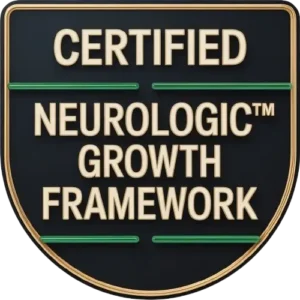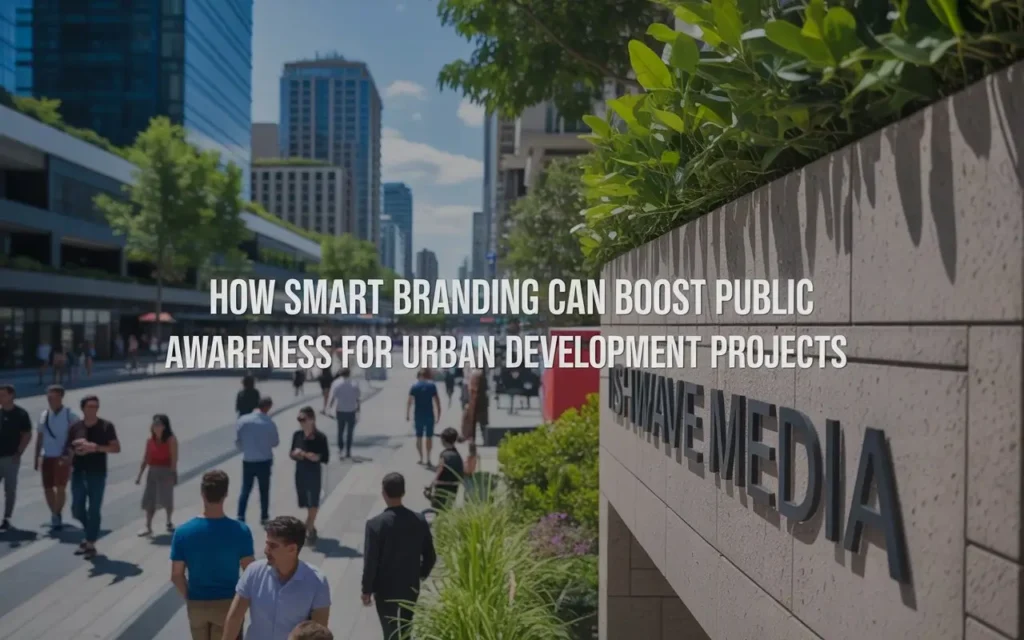
Why Branding Matters in Urban Development
Urban Development Is More Than Just Construction
When most people hear “urban development,” they think of roads, bridges, housing layouts, or commercial hubs. But here’s the truth — development is not just about building infrastructure. It’s about building trust, awareness, and a shared vision among citizens. Without public awareness, even the most well-planned projects can face resistance, delays, or low engagement.
Branding steps in here as the silent yet powerful force. It gives your project an identity, a story, and a sense of belonging that citizens can connect to emotionally. When people feel a project is for them, they are more likely to support it, share it, and participate actively.
Branding Turns a Project into a Movement
Think about it — two cities might launch similar green space initiatives. The first puts up a few signs. The second runs a well-branded campaign with a name, a logo, inspiring visuals, community contests, and regular updates. Which one will the public rally behind?
Branding transforms a dry municipal plan into something exciting. It gives residents a reason to feel proud of their city and hopeful about its future.
Why It Matters for the local Urban Development Authority
For regions , where new residential layouts, green parks, and commercial hubs are shaping the future, smart branding can be the bridge between government initiatives and citizen enthusiasm. A well-crafted brand strategy ensures that the local Urban Development Authority’s vision doesn’t just exist on paper but thrives in the hearts of people.
Branding in urban development is not a luxury — it’s a necessity for sustainable, long-term success. And when done right, it can turn a good project into a legacy.
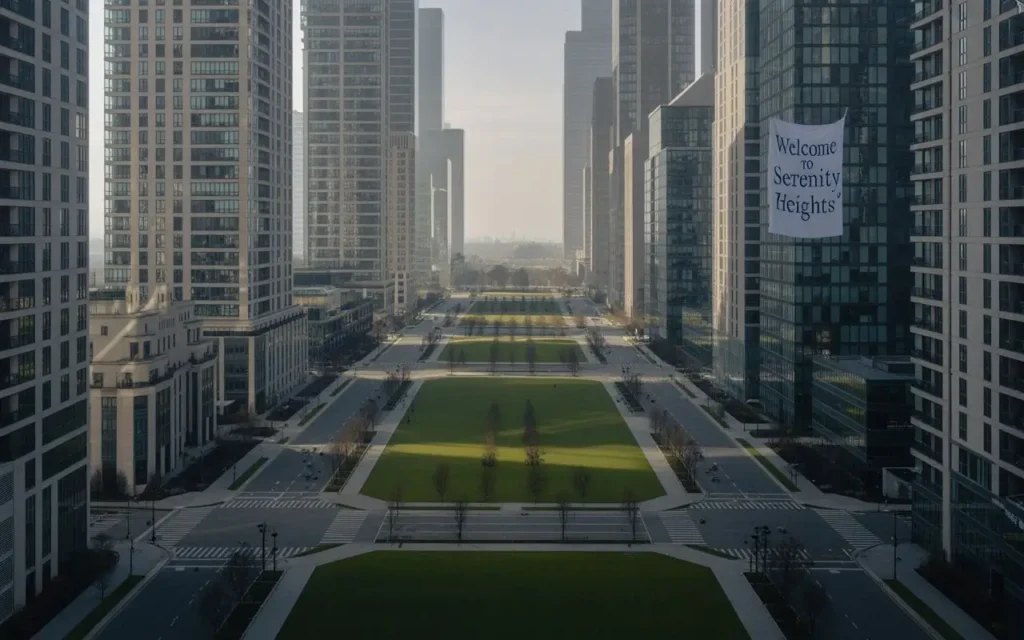
Understanding Public Awareness in Urban Development
What Public Awareness Really Means
Public awareness is more than people simply knowing about a project. It’s about understanding its purpose, benefits, and impact — and feeling emotionally connected to it. In urban development, awareness means that citizens are not just bystanders; they become informed stakeholders who care about how projects will shape their lives.
When a new housing layout, road expansion, or green park is announced, the difference between success and struggle often lies in how well the public understands and supports it. Without awareness, even the most beneficial project can be met with suspicion or indifference.
The Role of Communication in Building Awareness
Clear, transparent communication builds trust. This includes regular updates, easy-to-understand explanations, and channels for feedback. A strong public awareness strategy turns technical plans into relatable stories that everyday citizens can engage with.
Instead of saying,
“We’re building a 200-acre residential layout with modern facilities,”
you can say,
“We’re creating a safe, green, and well-connected neighborhood where your children can grow and thrive.”
That shift from technical to human-centered language can dramatically increase public interest.
Why It’s Crucial for Urban Bodies
For Urban Development projects, public awareness isn’t just PR — it’s about ensuring smooth execution of large-scale projects. When citizens are well-informed, they are less likely to resist changes, and more likely to participate, volunteer, or even promote the project in their own circles.
The more people understand the “why” behind a project, the more they become advocates instead of critics. And that’s where branding and awareness work hand-in-hand to make urban development projects truly impactful.
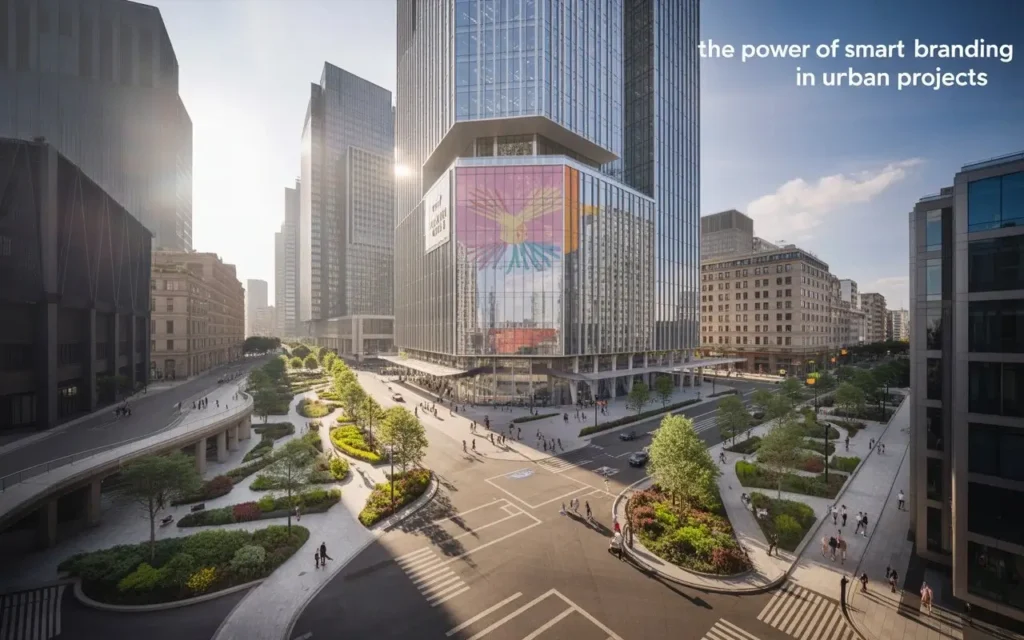
The Power of Smart Branding in Urban Projects
Branding Is More Than a Logo
When people hear the word branding, they often think of logos, colors, and slogans. But in reality, branding is the personality and promise of a project. For an urban development initiative, branding shapes how people feel about it — whether they see it as trustworthy, modern, eco-friendly, or community-focused.
Think of the Delhi Metro. It’s not just a transport system; its brand is reliability, convenience, and progress. That perception didn’t happen by accident — it was crafted through consistent messaging, visual identity, and positive public experiences.
Why Urban Projects Need Strong Branding
Urban development projects are often technical and long-term. Without strong branding, they risk being seen as “just another government plan.” Smart branding helps bring these projects to life — turning maps, blueprints, and policies into something people can visualize and feel excited about.
A branded project can:
💚 Differentiate itself from other initiatives.
💚 Build public trust and support.
💚 Attract investors, partners, and stakeholders.
💚 Inspire community involvement.
When people see a well-branded project, they remember it. They talk about it. They share it on social media. And that ripple effect expands awareness far beyond what traditional announcements could do.
How Branding Shapes Perception
Branding controls the narrative. It allows urban authorities like Urban Development Authority to decide how they want the public to perceive their work — whether that’s “innovative,” “people-first,” or “environmentally responsible.”
When executed well, smart branding doesn’t just inform citizens — it makes them proud advocates of the project. And in urban development, where public opinion can make or break an initiative, that pride is priceless.
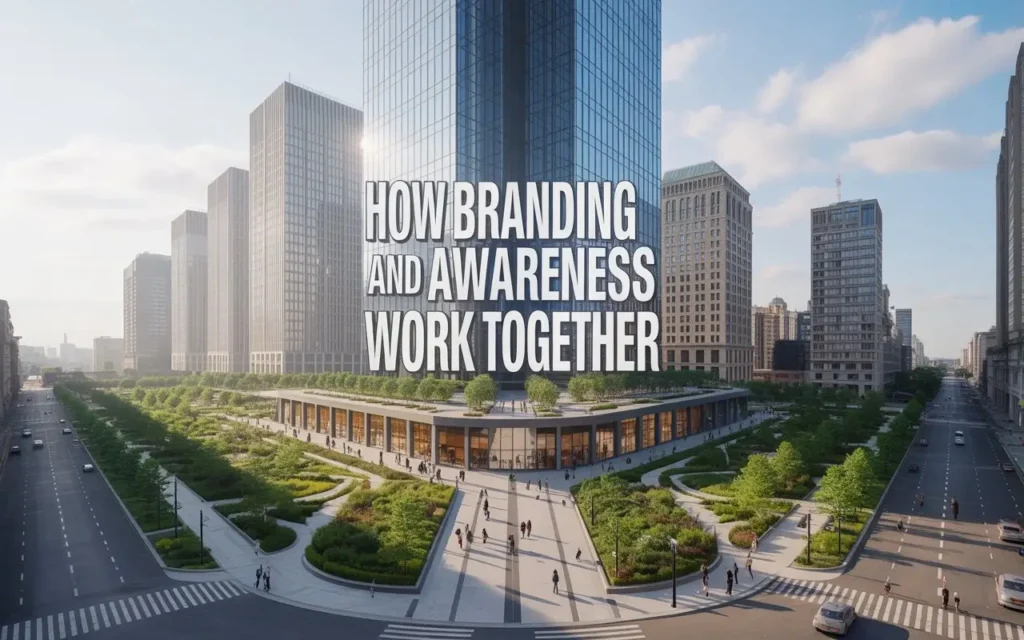
How Branding and Awareness Work Together
Branding Is the Foundation, Awareness Is the Reach
Think of branding as building a beautiful house — the design, the materials, the unique personality. But awareness is the road that leads people to your door. Without that road, even the best-designed house remains unseen.
For urban development projects, branding gives the project its identity, while awareness ensures people actually know it exists and understand its value. Both are essential — one without the other is like having a billboard in the middle of a desert.
From Recognition to Action
When a project like a new residential layout or green space is branded well, people start recognizing it in conversations, news articles, and social media posts. Awareness campaigns take that recognition and amplify it — turning casual knowledge into active support.
For example, a campaign for a sustainable housing project might start with a recognizable logo and slogan, but awareness is built through:
➡️ Community events where citizens can see plans and give feedback.
➡️ Social media stories showing progress updates.
➡️ Local press coverage highlighting benefits like job creation or cleaner air.
This combination makes the project not only known, but also trusted.
Why Public Awareness Drives Success
Public awareness is not just about visibility — it’s about creating an emotional connection. When citizens feel personally involved in a project, they are more likely to support it, defend it, and even advocate for it.
For authorities like the local Urban Development Authority or the city’s development body, combining smart branding with active awareness campaigns can transform a development plan from something people simply hear about into something they deeply care about. And that’s when real change happens — when branding creates the story, and awareness spreads it to every corner of the community.
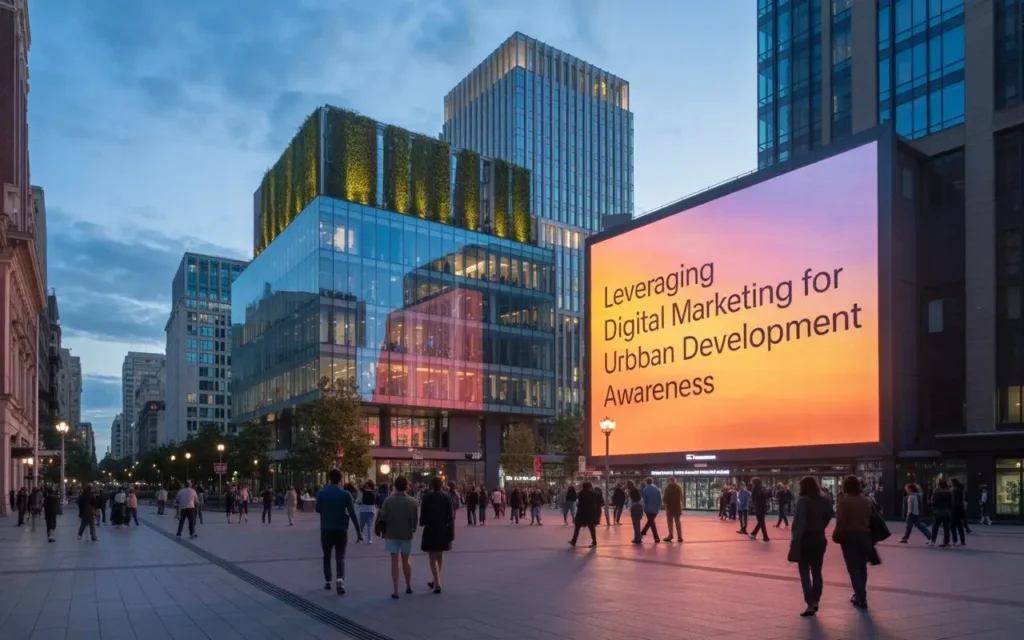
Leveraging Digital Marketing for Urban Development Awareness
Why Digital Marketing Is a Game-Changer
In today’s connected world, people’s first impression of a project is often online — long before they see it in person. Digital marketing allows urban development authorities to reach citizens where they already spend their time: on social media, search engines, and news sites.
For urban projects, this means your message is no longer limited to physical billboards or public meetings. Instead, you can deliver consistent, engaging updates directly to people’s phones and laptops, making the project a part of their daily feed.
Key Strategies That Work for Authorities Like Urban Development Authorities
A well-planned digital marketing strategy can bring massive visibility to new layouts, parks, and commercial hubs. Effective methods include:
➡️ Social Media Campaigns — Show before-and-after visuals, construction progress, and testimonials from community members.
➡️ SEO-Optimized Content — Publish blogs and videos explaining project benefits in simple, citizen-friendly language.
➡️ Paid Ads — Use targeted ads to reach specific groups, such as homebuyers, investors, or environmental supporters.
➡️ Email Newsletters — Keep stakeholders updated with milestone achievements and future plans.
By combining these tools, an authority can ensure the project is not just seen, but understood and appreciated.
The Measurable Impact
One of digital marketing’s biggest strengths is its ability to track results in real time. You can see how many people viewed your project update, shared it with friends, or clicked to learn more. This data helps refine campaigns, ensuring each rupee spent brings greater public interest and support.
For Urban Development, this means faster buy-in from citizens, increased trust in the authority, and a stronger brand image — all of which make it easier to secure long-term success for urban development projects.
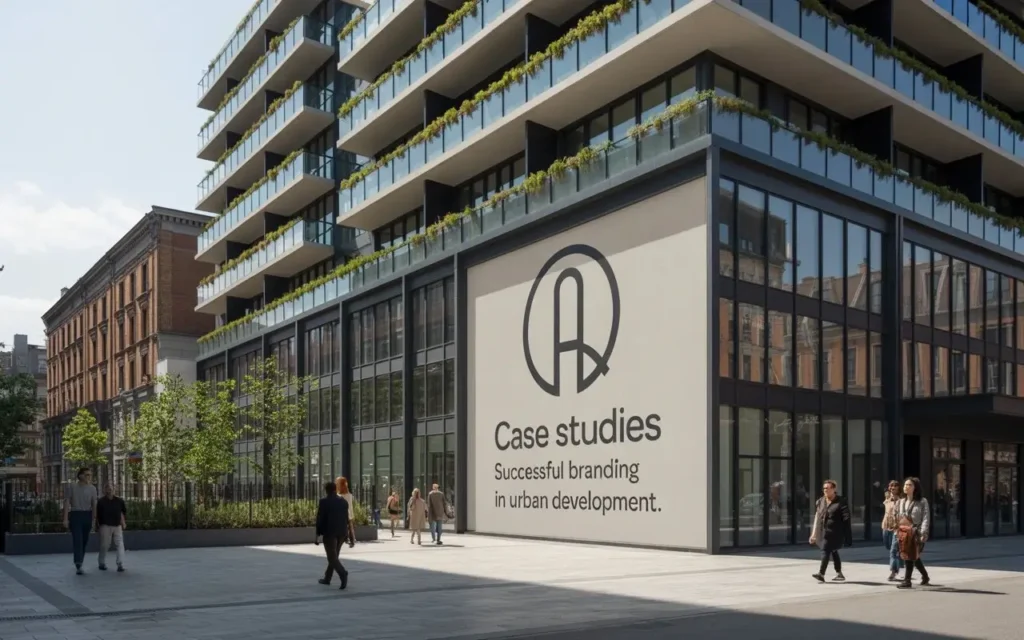
Case Studies – Successful Branding in Urban Development
Why Real Examples Matter
When it comes to urban development, showing is always more powerful than telling. Case studies not only demonstrate what’s possible but also give stakeholders confidence in the process. They help answer a critical question citizens often have: “Has this been done successfully before?”
By highlighting success stories from both India and abroad, urban authorities can inspire trust and enthusiasm for new projects.
Case Study 1 – Bhopal’s Lakefront Redevelopment (India)
The Bhopal Smart City Development Corporation transformed the once-neglected Upper Lake surroundings into a vibrant public space. They launched a storytelling-based social media campaign showing old images alongside modern designs, backed by citizen interviews.
The branding focused on heritage plus modern living, appealing to both locals and tourists. Within months, the campaign increased footfall and boosted small business activity in the area.
Case Study 2 – The High Line, New York (Global)
In New York City, an abandoned elevated railway was turned into a green walkway and public park. The branding here was genius — they marketed it not just as a park, but as an experience. Social media teasers, influencer collaborations, and dedicated merchandise turned it into one of NYC’s top attractions.
The lesson? People support what they feel emotionally connected to, and branding plays a key role in creating that connection.
Why This Matters for Urban Development Authority
Urban Development Authority projects, whether residential layouts or green corridors, can benefit from similar approaches. By documenting every stage — from groundbreaking to completion — and sharing stories about the people who will benefit, Urban Development Authority can create lasting emotional ties between projects and the public.
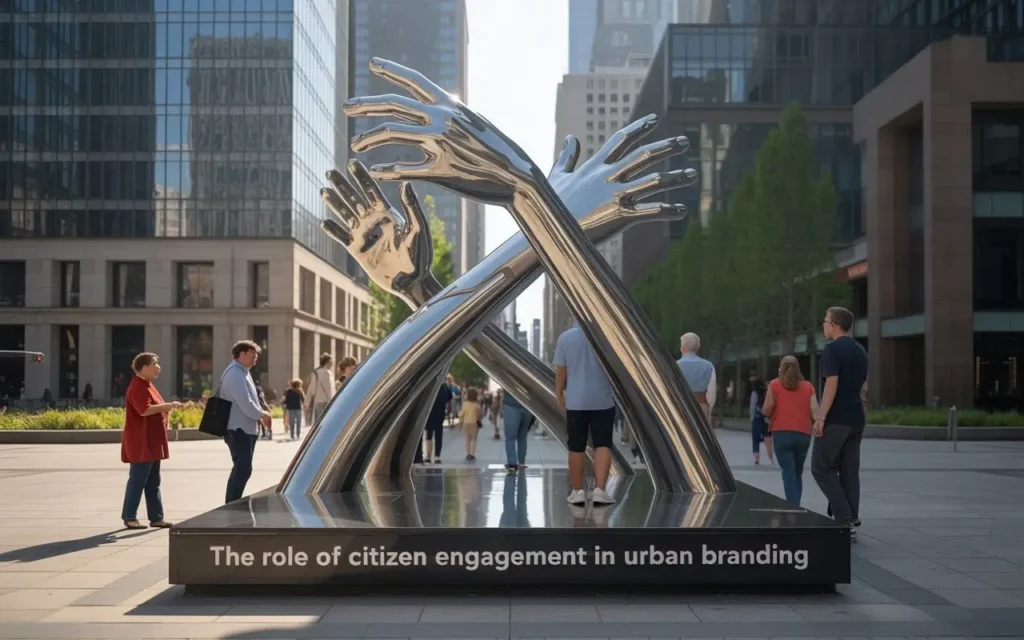
The Role of Citizen Engagement in Urban Branding
Why Engagement is the Heart of Urban Development
Urban development isn’t just about buildings, roads, and green spaces — it’s about people. A project can be beautifully designed, but if citizens feel left out of the process, they may resist or remain indifferent. That’s why citizen engagement is the most powerful ingredient in branding urban development projects.
Making People Part of the Story
When citizens see themselves as active participants rather than passive observers, they develop a sense of ownership. This can be achieved through:
➡️ Public consultations where people can share ideas.
➡️ Online polls to decide features like park designs or community event themes.
➡️ Photo contests where locals submit their vision for the space.
This not only sparks excitement but also creates free, organic content for your branding campaigns.
Example – Pune’s River Rejuvenation Project
In Pune, before launching the river beautification project, the city authority invited citizens to walk the riverbanks and suggest improvements. They combined these suggestions with expert input, then shared updates on social media, tagging participants.
The result? A loyal, supportive community who felt their voices were heard — and who became natural ambassadors for the project.
Why Urban Development Authority Should Care
For Urban Development Authority, citizen engagement can be the difference between a project people just see and a project people celebrate. By involving locals in naming new parks, sharing their stories, or featuring them in promotional videos, Urban Development Authority can build trust, reduce resistance, and create long-term advocates for its work.
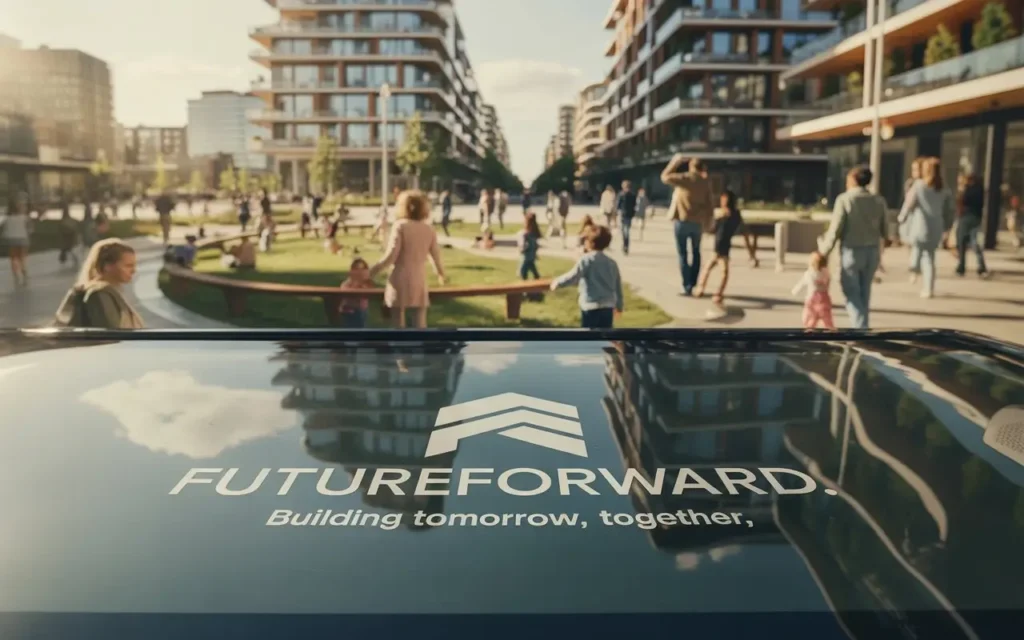
Digital Campaign Strategies for Urban Projects
Why Urban Projects Need Digital Campaigns
In today’s fast-moving world, urban development projects can’t rely only on newspaper ads or local billboards. People now get their news, updates, and inspiration online — through smartphones, social media, and community groups. This means digital campaigns are no longer optional; they are the heartbeat of modern urban branding.
Multi-Platform Storytelling
The best way to reach citizens is through multi-platform campaigns — each channel playing its own role:
➡️ Facebook & Instagram for visual updates, before-and-after transformations, and engaging reels.
➡️ LinkedIn for highlighting partnerships, project milestones, and investor interest.
➡️ YouTube for in-depth storytelling with documentaries or walkthroughs.
➡️ WhatsApp Broadcasts for quick, direct citizen updates.
When these platforms are connected under one consistent brand voice, the project’s visibility grows exponentially.
Global Inspiration – Singapore’s Urban Redevelopment Authority
Singapore’s URA uses sleek 3D animations, community interviews, and live Q&A sessions on Facebook to make people feel the vision before construction even begins. This transparency builds trust and excitement — reducing public resistance and attracting investors.
How Urban Development Authority Can Benefit
For Urban Development Authority, implementing structured digital campaigns means:
- Higher citizen awareness – People know what’s happening and when.
- Positive media coverage – Journalists love projects with active online buzz.
- Stakeholder confidence – Developers, contractors, and funders see momentum.
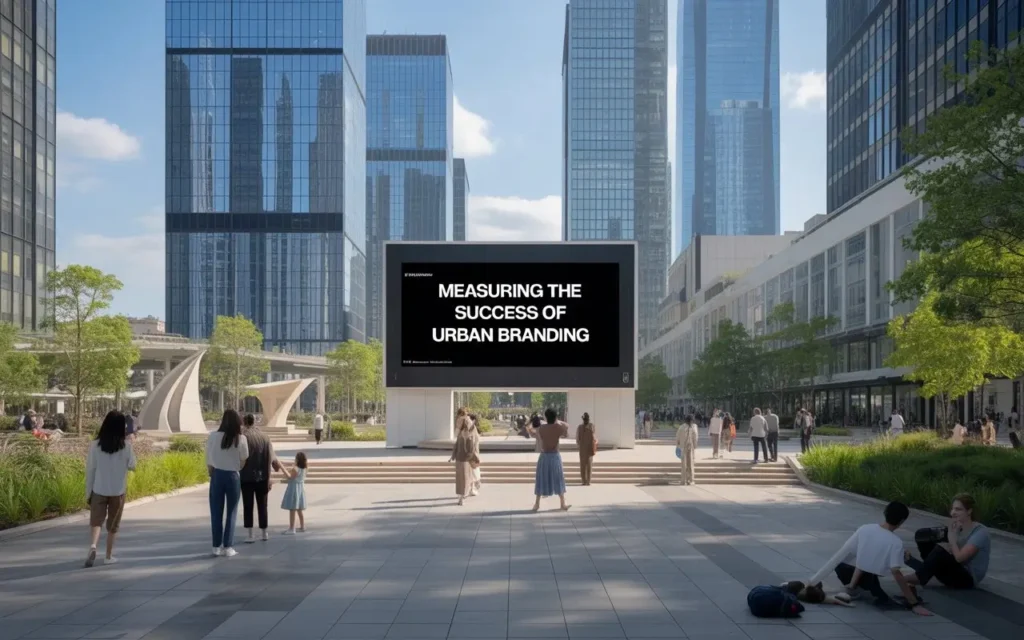
Measuring the Success of Urban Branding
Why Measurement Matters
Launching a branding campaign for an urban project is exciting, but without measurement, it’s like sailing without a compass. Cities and developers need to know: Is our message reaching the right audience? Are people engaging? Do citizens feel connected to the project? Measuring success ensures that the time, budget, and energy invested are delivering real value.
Key Metrics to Track
To evaluate urban branding campaigns, some key indicators include:
⏩ Engagement Rates: Likes, comments, shares, and saves on social media show how much citizens care about the updates.
⏩ Reach & Impressions: How many people actually saw the campaign online? This reflects awareness levels.
⏩ Website Traffic & SEO Rankings: A well-optimized project website should see steady growth in visitors searching for the project name or location.
⏩ Media Mentions & PR Coverage: Increased mentions in local and national media prove the brand is catching attention.
⏩ Community Feedback: Online surveys, polls, and WhatsApp groups can directly capture public sentiment.
Global Example – London’s Smart City Campaign
London’s city council ran a digital campaign to promote smart transport solutions. By tracking KPIs like app downloads, survey responses, and social engagement, they could adjust campaigns in real time. The result? More citizens adopted the new system, reducing congestion and boosting trust in the council.
The Big Picture
When success is measured properly, urban branding does more than promote — it creates a feedback loop. Leaders can refine strategies, improve communication, and build stronger connections with citizens. And for digital marketers, these metrics are proof of impact — showing that branding isn’t just about visibility but about real transformation.
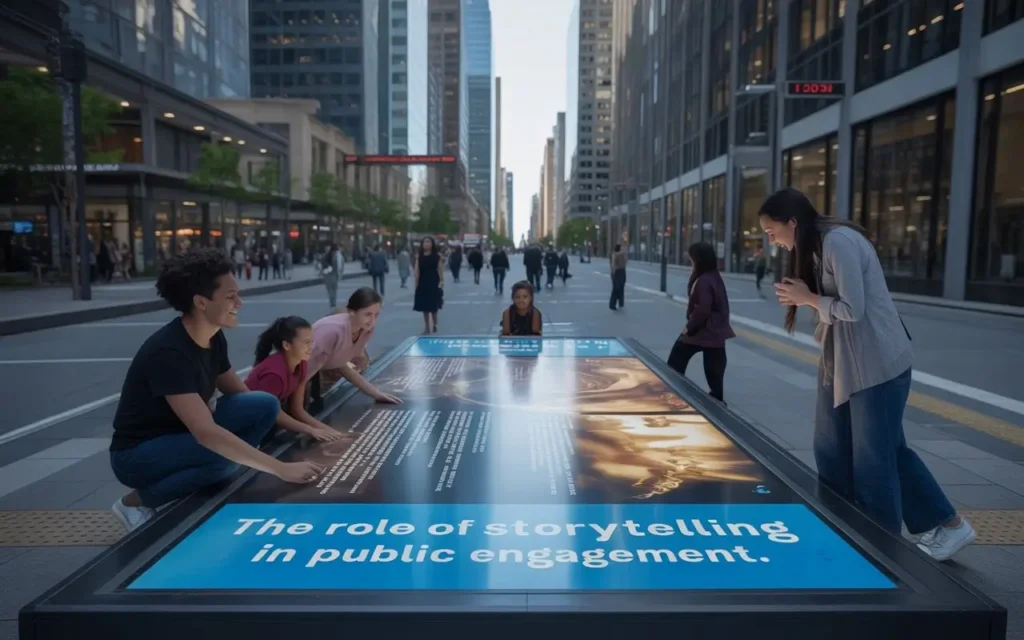
The Role of Storytelling in Public Engagement
Why Stories Matter in Urban Development
Facts and figures are important, but they rarely stir emotions. Storytelling, however, transforms abstract plans into human experiences. When citizens hear a story about how a new residential layout will give families safer spaces, or how green zones will improve health, they connect emotionally. That emotional connection builds trust and sparks enthusiasm.
How Storytelling Builds Trust
People may not always understand the technical side of urban projects, but they relate instantly to stories. A short video showing a child playing in a new park says more than a lengthy policy document. Testimonials from local residents about how better infrastructure improved their daily commute feel authentic and relatable. Storytelling bridges the gap between development authorities and communities, making people feel included rather than spoken at.
Digital Storytelling in Action
Globally, cities are using digital platforms to tell these stories. For example:
➡️ Barcelona’s “Smart City” project used mini-documentaries to show how smart lighting reduced energy bills for local families.
➡️ Singapore’s urban renewal campaigns highlighted real citizens talking about how green housing reduced heat and improved quality of life.
These campaigns proved that when stories focus on human benefits, public engagement grows naturally.
Turning Plans into Narratives
Every urban project — from commercial hubs to green spaces — has a story waiting to be told. Digital branding professionals can craft these narratives through videos, blogs, podcasts, and social media campaigns. By consistently sharing relatable stories, leaders not only inform but also inspire. Citizens stop seeing projects as distant government work; they start viewing them as shared community progress.
💚 A strong story doesn’t just explain a project — it makes people care.
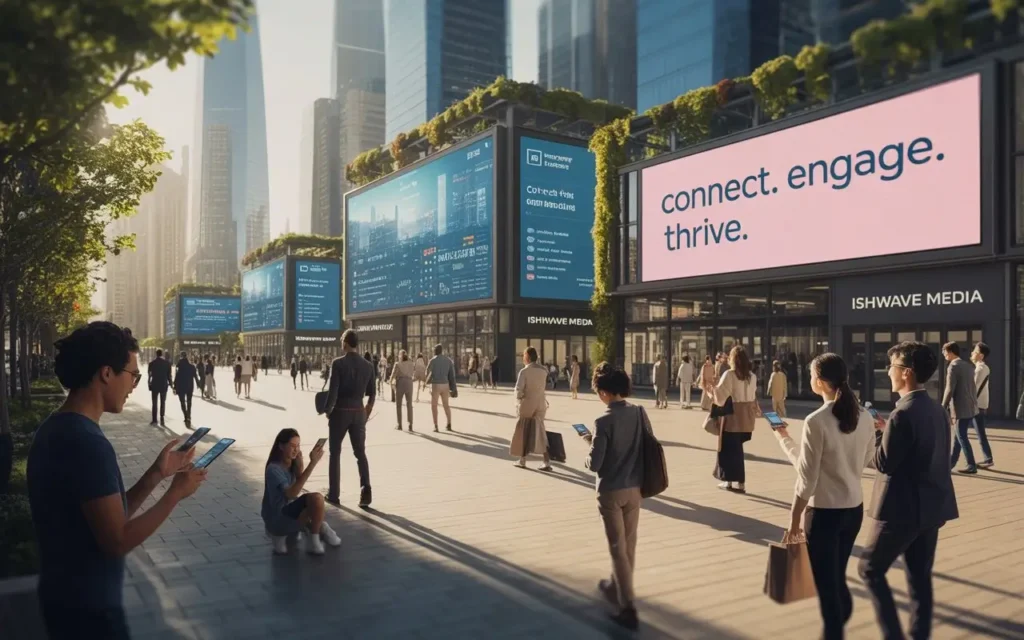
Conclusion: Future Trends in Urban Branding
The Rise of Digital-First Engagement
The future of urban branding is digital. Citizens now expect instant updates, interactive platforms, and opportunities to participate in discussions about their cities. Mobile-friendly websites, live Q&A sessions on social media, and virtual reality (VR) tours of upcoming projects are no longer optional — they are becoming standard. These tools make it easier for people to see, understand, and support projects before they are even completed.
Sustainability as the Core Message
Modern urban development is shifting rapidly toward sustainability. From renewable energy-powered housing to green commercial hubs, people want to know how projects contribute to a healthier environment. Branding strategies that emphasize eco-friendly benefits will stand out. Campaigns showcasing how projects reduce pollution, save energy, or create healthier lifestyles resonate deeply with today’s environmentally conscious citizens.
Personalised and Community-Centric Campaigns
The days of one-size-fits-all communication are fading. Future branding will rely heavily on personalization. Artificial intelligence and data analytics will help authorities and developers tailor messages to different groups — families, businesses, and investors — highlighting the benefits that matter most to them. At the same time, community voices will shape campaigns more than ever. Involving residents in storytelling not only builds trust but also makes branding feel authentic and inclusive.
Looking Ahead
Urban branding will continue evolving into a dynamic blend of technology, sustainability, and human connection. The cities that embrace innovative storytelling, transparent communication, and citizen participation will build stronger reputations and attract both residents and investors.
The future belongs to cities that don’t just build spaces but build meaningful identities — identities that people are proud to belong to.
